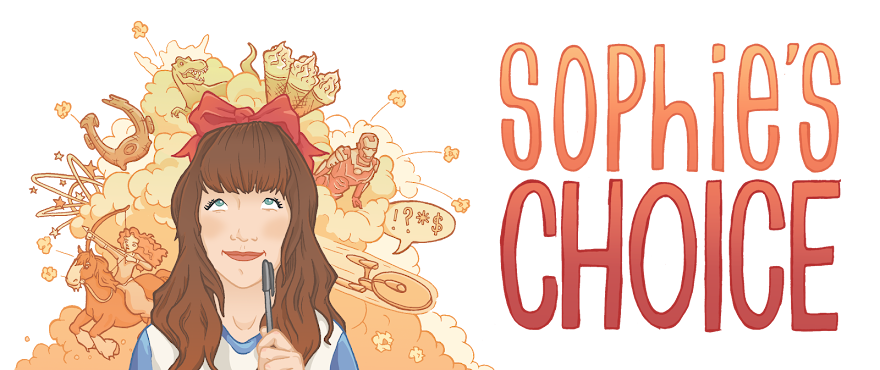Two months later...
Oops. Seems that life – or the little there is of it at the moment – managed to temporarily get in the way of this challenge. I suppose the novelty of being able to go to the pub and do masked shopping was too tough to resist. Never fear though, because I'll get through these films by hook or by crook, even if it takes another FIVE pandemics. (Disclaimer: I hope there aren't five more pandemics.)
Not long until we get to a new decade, but for now, let's see how much I can remember of...
The Many Adventures of Winnie the Pooh (1977)
 |
| Queuing up for that half-price restaurant food |
That's right, folks – we're back to anthology territory. Only just fully recovered from the PTSD of The Three Caballeros, Fun and Fancy Free, et al, I did not have high hopes for this one. Although I, like most people, am familiar with Disney's versions of A.A. Milne's classic stuffed characters, I'd never seen this film before. Perhaps I'd written it off for being too childish or quaint. However, it was really quite pleasant. In a gentle, have-a-cup-of-tea-and-a-biscuit kind of way.
Like many of its predecessors,
Winnie The Pooh begins in live-action, with the book being selected from a shelf (in a very creepy looking nursery) and opened, for the story to begin. The narrator's voice pops in and out between each tale, making the whole film feel a bit like someone reading you a bedtime story. The book conceit works better in this film than in previous Disney classics, as cute illustrations of the characters wander around the pages between scenes and interact with the narrator, which was a nice touch.
 |
When you're walking down The Strand and you get grit in your face
|
The stories themselves are based on A.A. Milne's tales, and are actually re-used from previous Disney shorts already made in the '60s. They mainly revolve around Pooh eating way too much honey, some bad weather, and all of the animals being very annoying neighbours to each other. For example, when Pooh runs out of honey, he invites himself over to
Rabbit's house, eats all of his, and proceeds to get so fat that he's stuck in his friend's house for days. Not a good guest.
 |
Me emerging from quarantine after a baking addiction
|
If you thought that was bad though, get this. In the 'Blustery Day' story,
Owl's house is blown down in the wind.
Eeyore decides to find him a new one and eventually does. But he doesn't realise it's Piglet's house. Awkward. Unbelievably, once the other animals tell him that it's
Piglet's home, Owl still thinks he has a right to live there anyway, and Piglet has to give it up! I was FUMING. My anger almost made me forget that
Christopher Robin's voice turns from American to English halfway through. Sigh.
Woodland house-market aside,
Winnie the Pooh has plenty of songs, cheeky humour, and charming animation to tick along for an hour and a half. There's even a
trippy nightmare sequence a la
Dumbo, complete with menacing multi-coloured Heffalumps. It might not be life-changing, but you can see how these characters have found a way into children's hearts (apart from
Tigger, who's just plain annoying).
 |
I'm scared
|
Best Song: Most of the songs in this film are pretty short / unmemorable, but 'Little Black Rain Cloud' did stick with me for its lilting fairground feel. You can tell it was written by the Sherman Brothers, as it has a 'Let's Go Fly A Kite' vibe.
Disney Detail: Nothing deliberate, but the
gopher character did put me in mind of the legendary
beaver in
Lady and the Tramp. Also, that LSD nightmare that Pooh has is signature Disney.
Why it's a Classic: It already deals with classic children's characters, so it's hard for it to be otherwise. However, you have got to hand it to Disney for building on the books and creating versions of these characters that have stuck with generations. When people think of
Winnie the Pooh, the chances are they will imagine a very yellow bear with a husky American accent.




